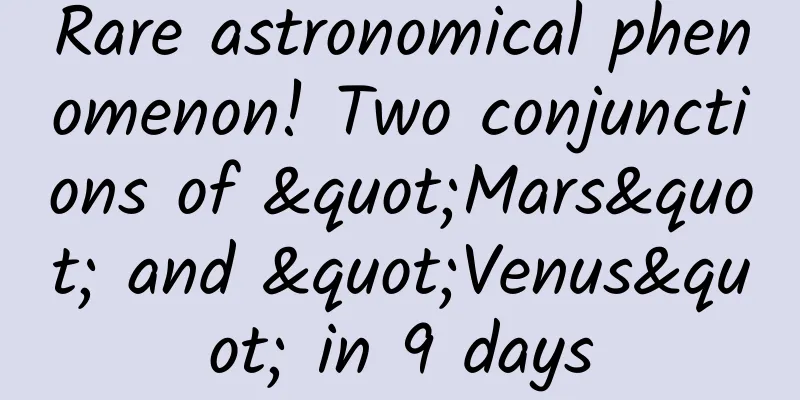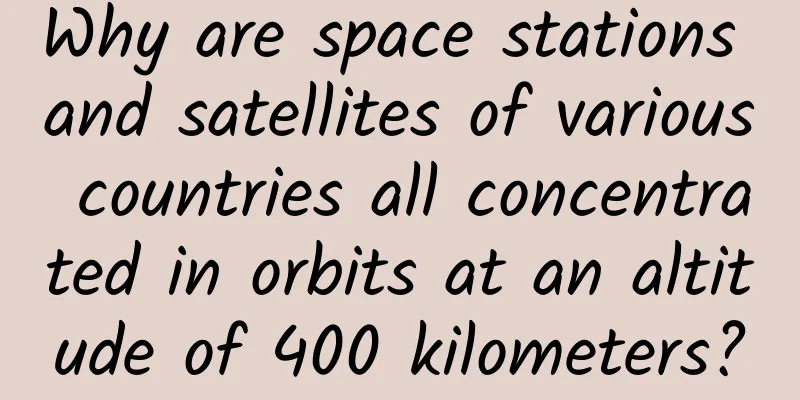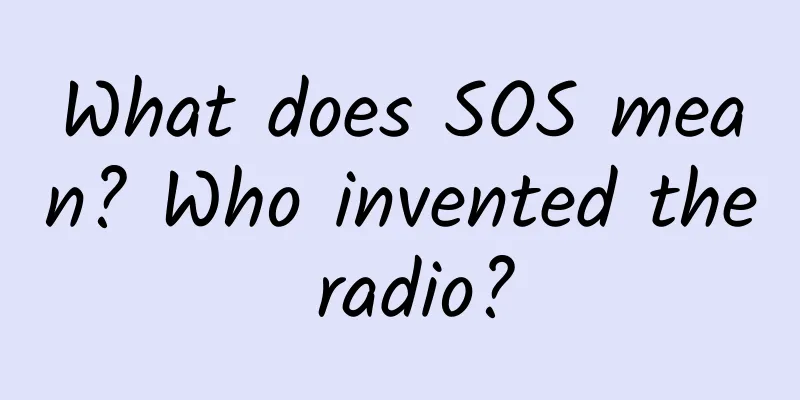Rare astronomical phenomenon! Two conjunctions of "Mars" and "Venus" in 9 days

|
According to the popular science experts from the Purple Mountain Observatory of the Chinese Academy of Sciences, Juno, one of the largest asteroids in the asteroid belt, will conjunct Venus twice at 4:00 on September 13 and 7:00 on September 21. What is the matter with Juno conjunct Venus? Is it common for Juno to conjunct Venus twice in 9 days? Astronomy popular science experts reveal the secrets for you. Wang Kechao, the director of science and technology at Purple Mountain Observatory, introduced that Juno is the third asteroid discovered by humans. It is located in the asteroid belt between Mars and Jupiter. Juno, Ceres, Pallas and Vesta are the four largest asteroids in terms of mass and volume among the known asteroids, and they are also the four earliest discovered asteroids. But compared with the moon, Juno is much smaller in size. In addition, its orbit is very far from the sun, and Juno's apparent magnitude is between 7.4 and 11.5, which cannot be observed with the naked eye. The definition of "conjunction" in astronomy does not mean that two celestial bodies actually move together, but refers to the fact that the geocentric right ascension or geocentric ecliptic longitude of the two celestial bodies is the same. Specifically, when Juno and Venus are conjunct, it means that the geocentric ecliptic longitude of the two celestial bodies is the same. "It is rare for Juno and Venus to conjunct twice in a short period of time." Wang Kechao explained that Venus began to turn from retrograde to direct motion at 11:34 on September 3, and at this time Venus moved slowly from west to east. On September 13, Juno surpassed Venus and the first conjunction occurred. As Venus accelerated, Venus surpassed Juno again on September 21, and the second conjunction occurred. It was as if the two celestial bodies were "overtaking" each other. Wang Kechao said that the last time Juno and Venus were in conjunction was on March 19, 2023. After September this year, the next conjunction between the two will be on September 6, 2024. In September this year, Juno and Venus met twice, and the angular distance between them was relatively close, so the public could only see the bright Venus with the naked eye. Wang Kechao suggested that if you want to observe Juno, it is best to use an astronomical telescope with an aperture of more than 100 mm. If you want to take a picture of Venus and Juno in the same frame, you can use a telephoto lens for a long exposure. Planning: Liu Xinhui Reporter: Wang Jueyin, Qiu Bingqing Poster production: Xu Zhan Editors: Chong Dahai, Zhu Shun Produced jointly by Xinhua News Agency Domestic Department and Xinhua News Agency Jiangsu Branch Produced by Star Studio |
<<: Look here, this rocket is not ordinary!
Recommend
Want to operate an e-commerce platform? Let’s understand these first
% ignore_pre_1 % Recently, some friends have been ...
A creative sharing of industry information flow advertising that you absolutely cannot miss
The general workflow of daily information flow ad...
Bigger is better? How RAM size affects mobile phone performance
In today's mobile phone market, many manufactu...
【Brother Zhao】The Secret of Speculative Capital Enlightenment - The Key to Short-term Stock Selection
【Brother Zhao】The Secret of Speculative Capital E...
What! Can we see the Northern Lights in the country?
I believe everyone has seen photographs of the au...
What impact will Android 5.0 bring to Android Wear?
[[121924]] Google has just announced its latest A...
Archaea are here! Hydrogen-powered cars may be powered by "microorganisms" in the future
Tuchong Creative As environmental problems such a...
How to promote games? Excellent materials for you to interpret!
The current forms of promotional materials in the...
Tik Tok account positioning, titles, and operation strategies
I have incubated 200 Douyin accounts and summariz...
Why Vitamin C effervescent tablets should not be taken for a long time
In daily life, many people take vitamin C efferve...
Vanguards descend from the sky: airborne troops to safeguard national security
Airborne troops are troops that use aircraft as t...
iOS17 is now available for update! Netizens tested it and found it to be very cool, but the battery life is...
iOS 17 is finally here and was officially pushed ...
Is it ok to eat a whole duck that costs 10 yuan on the roadside?
This article was reviewed by Pa Li Ze, chief phys...
Get the LaunchImage of the app
[[153741]] The management of LaunchImage is actua...
Vertical lines and white spots on the nails are a "sign of death"? 4 conditions to be alert to →
In life, most people have smooth and rosy nails, ...









